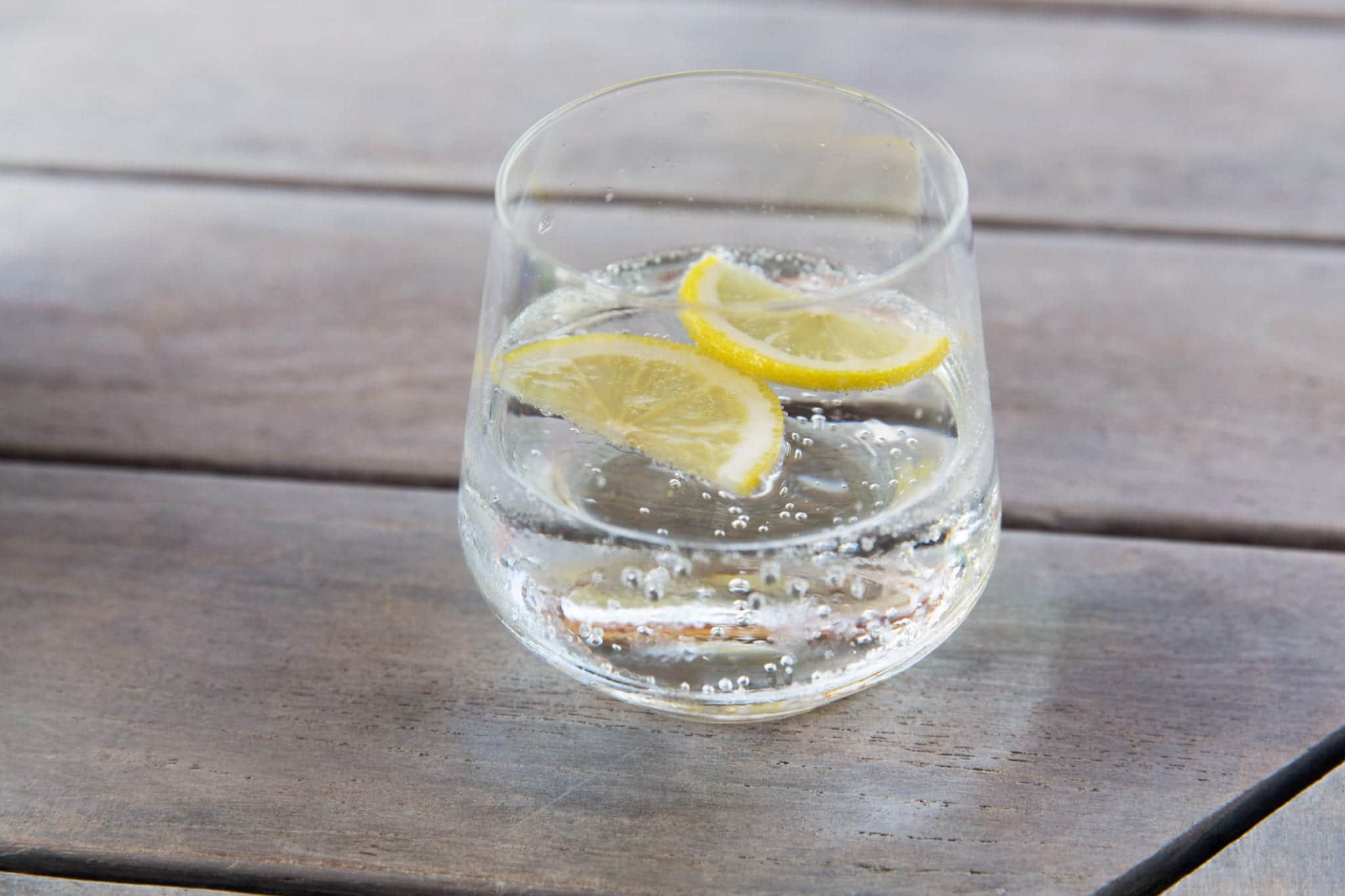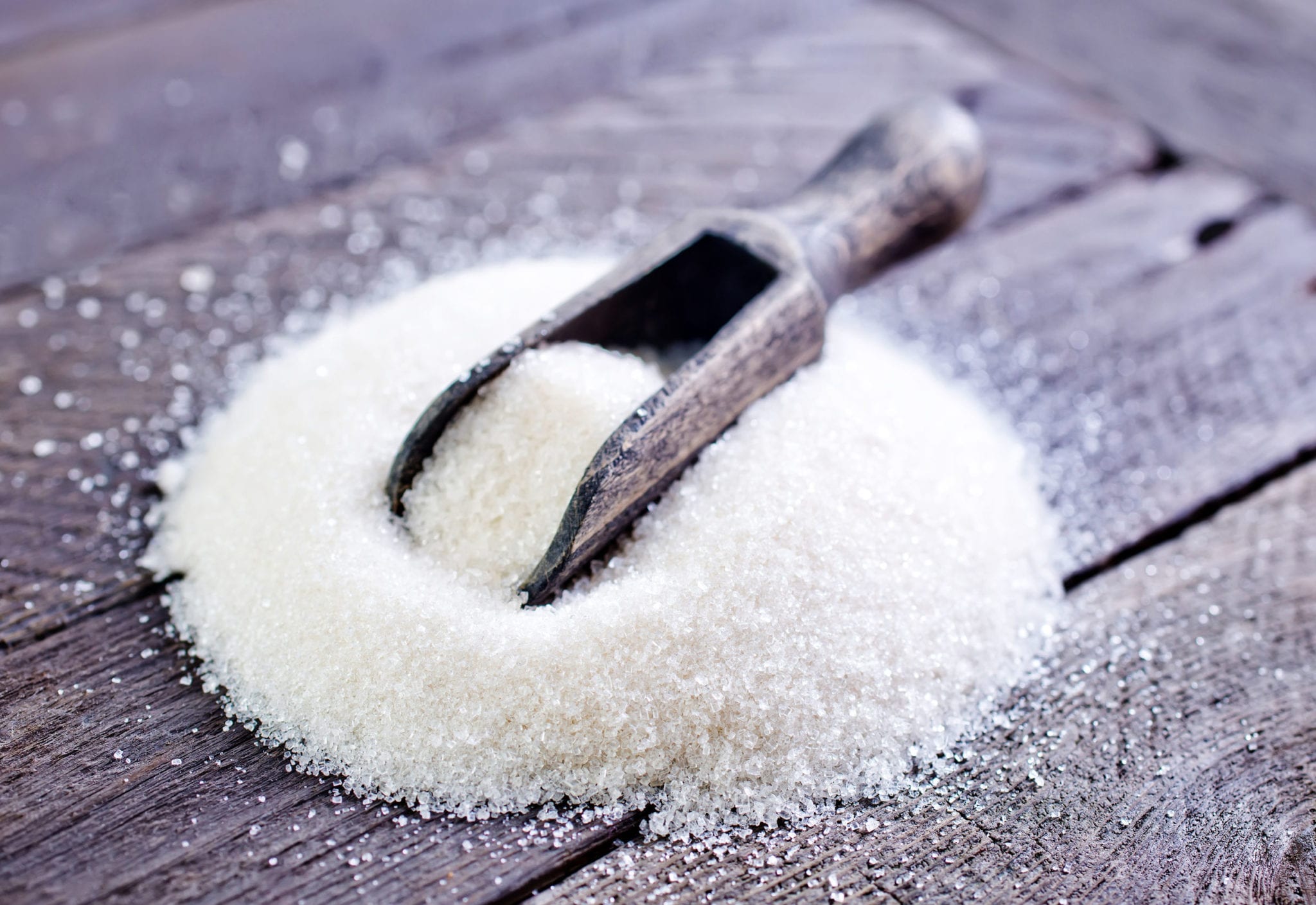
Nearly four years ago, sparkling water hit its stride in the US marketplace when reports revealed that sales numbers had more than doubled. Since then, the market has continued to expand as people continue to turn to sparkling water as a “healthy” alternative to soda — but is it really?
There’s proof that carbonation in your water equals higher acidity than flat water. Because we know that pH balance is the number one factor in whether or not you maintain a healthy mouth, it raises an important question: Will you save your teeth from sugar by sipping sparkling water, only to let added acid contribute to causing cavities?
Well, don’t donate your extra cases of La Croix quite yet. Ada McVean, Science Communicator with the Office for Science and Society at McGill University, recently decided to put a few sparkling waters to the test. Her takeaway: “they’re not as bad as most of the other things we drink.” She concluded that most brands maintain a good pH balance, keeping acid levels below critical for most oral environments.
The University of California – Los Angeles School of Dentistry concurs. Dr. Edmond Hewlett, a professor there, shared with U.S. News and World Report that, currently, there is no evidence that would indicate sparkling water harms what is effectively the hardest substance in the human body – your tooth enamel.
The real dangers in choosing a bubbly beverage are the considerations you may not make once you’ve decided to ditch traditional sodas. A number of additions can quickly kick up the risk factor of your new favorite drink, and here are a few common issues that can negatively impact oral pH balance.
Added Sugar
We’ve talked extensively about the best diet for your teeth, but you’d do well to double check the label before buying your sparkling water, too. Surprisingly, some of those sparkling water brands you enjoy most sneak in a bit of extra sugar to sweeten the experience.

Canada Dry has a reported 23g of sugar per serving. One can of San Pellegrino Pompelmo contains 34g. Schweppes’ tonic water is right behind that with 32. These and others have separate sugar-free lines – opt for those.
Citric Acid
Keep in mind, even those yummy citrus-flavored sparklers with no added sugar will naturally register higher acid content, which increases the risk of damaging your enamel.
A 2007 study tested lemon, lime, grapefruit, and peach flavored fizzy waters for their erosive potential, comparing them to straight orange juice.
Their findings: “dissolution levels were similar to or greater than the comparator, pure orange juice.” Go for the unflavored versions, and if you’ve got to have something, check out the garnish suggestions below.
Garnishes
Lemon wedges, a wheel of lime, grapefruit slices – they’re pretty, and can definitely elevate the look and feel of an average seltzer water for your backyard garden soiree. However, these fruits are exactly where citric acid comes from. Even berries and tropical fruits can pack more acidic punch than you might think.
You might do better to stick to garnishing with lower-acid content fruits and veggies like cucumber (1.4% concentration compared to the 8% in a lemon) and watermelon (which is about double the pH of a lime).
Gas Guzzling
Not that kind of gas! Remember, even unflavored, sparkling waters contain carbonic acid, and that acidity can, in fact, eventually do some damage. If you ingest a lot of carbonated beverages — especially back-to-back — you may be creating a greater than neutral environment on the surfaces of your teeth. Break up the beverages on your desk, and alternate with regular water to ensure you’re giving your teeth the break they need.
Still, it comes back to Ms. McVean’s bottom line. Is sparkling water a healthier alternative to most other types of sweet or carbonated beverages? Absolutely.

It should still be considered a “sometimes” treat, and should never replace your healthy habit of taking in plenty of regular, fluoridated H2O, but if you enjoy it, go for it.
Just remember to take a quick peek at the label. If you’re still a little nervous, one sure-fire way to reduce the potential for erosion is to chase your “treat” with regular water afterward.






